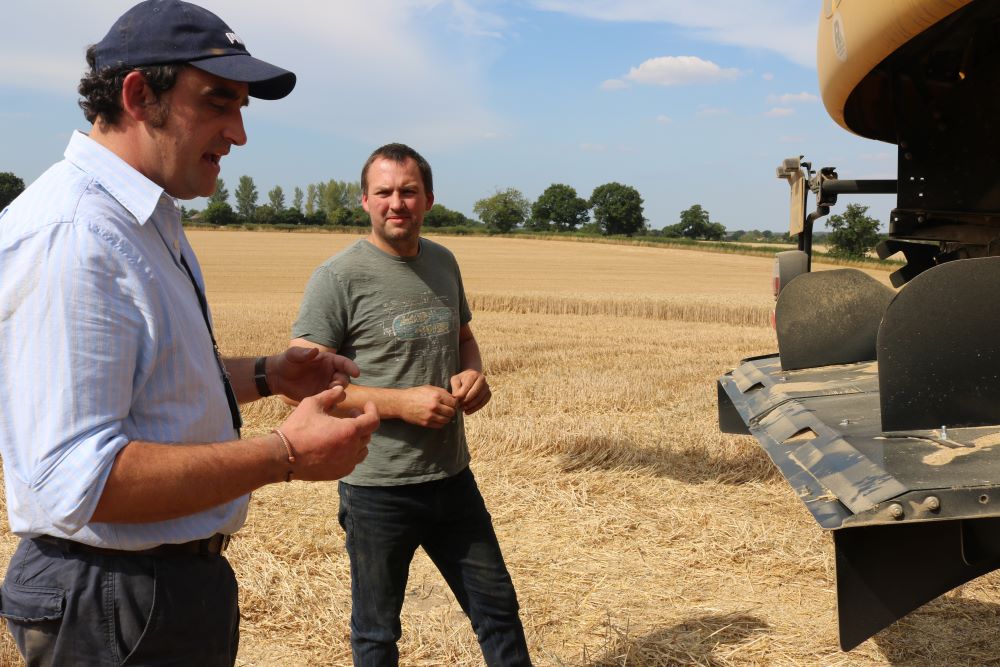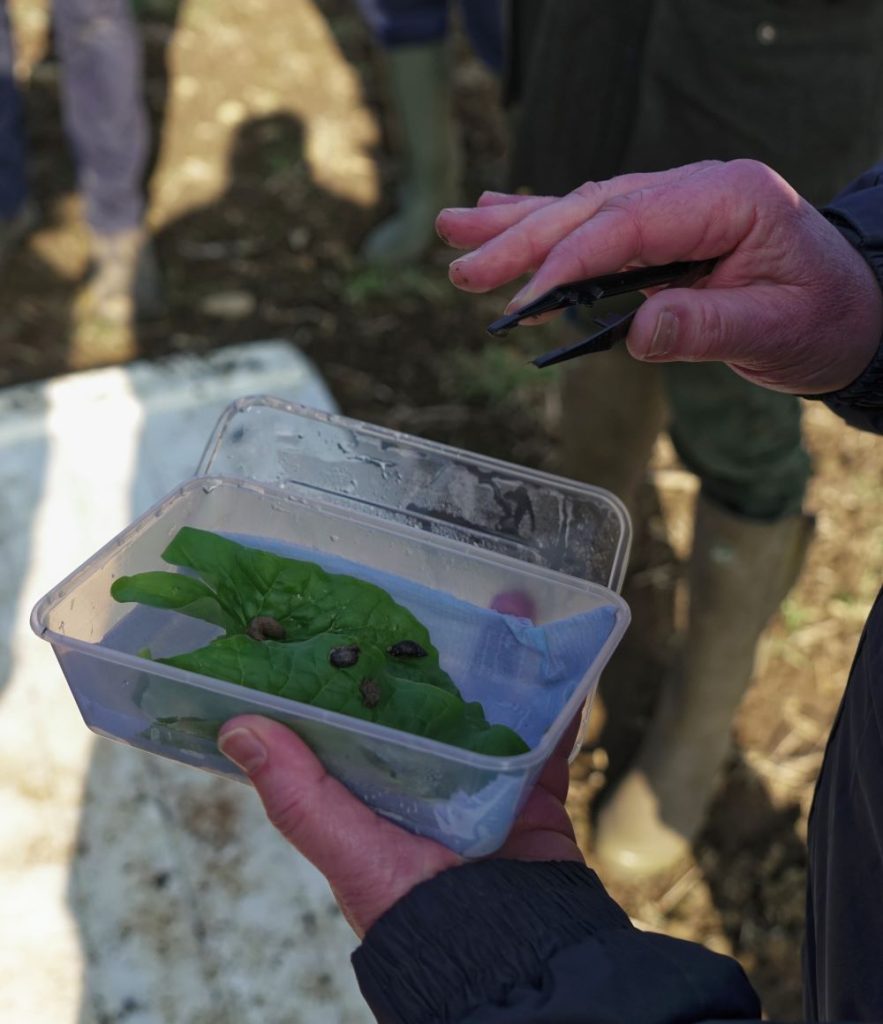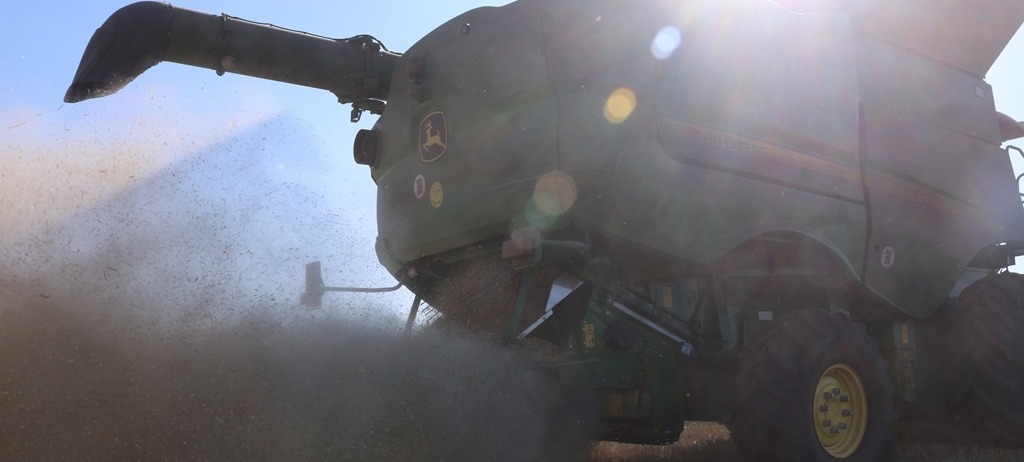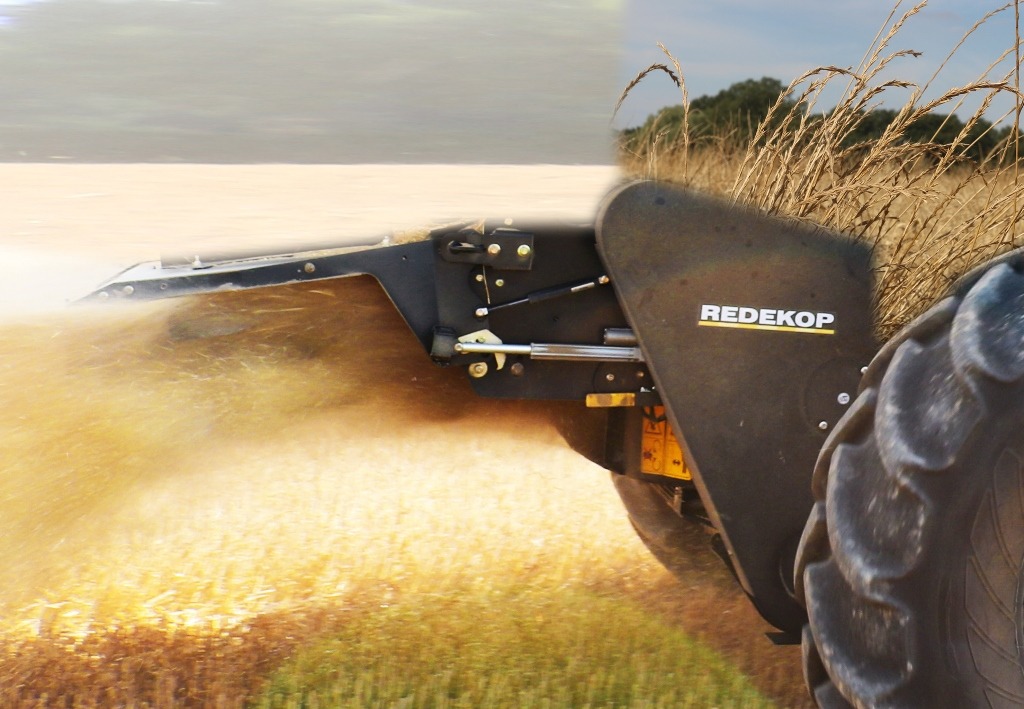What can farmers learn from Bovaer?
When Arla announced towards the end of November it was to trial Bovaer, a feed additive used to reduce methane emissions from dairy cows, it prompted a maelstrom of concern from consumers and some farmers. This was reportedly fuelled by misleading information designed to debunk the technology.
The question is why? And following on from that, was it a step backwards for advances in farming or were there lessons learned?
An important question – not just for partners in The PROBITY Project but the wider industry too – is whether there will be a similar backlash when precision-bred crops are introduced into commercial field trials for the first time here in England later this year.

Here’s some information about Bovaer from the Food Standards Agency, the NFU, AHDB, the manufacturer DSM-Firmenich, and Arla.
BBC Verify has looked into the media storm that followed the announcement of the trial. It has also received coverage in The Guardian, among others.
It will be a matter of personal choice for dairy farmers as to whether they use it. For some, adding a small amount of 3-Nitrooxypropanol to the feed intake of their herd is no different to an arable farmer who applies a small amount of isoflucypram (as in Iblon) to their wheat crop. It’s a simple solution to quite a major problem with clear benefits.
For others this is meddling with nature. It’s a cheat, which introduces an imbalance that is not sustainable. There are other ways for dairy farmers to reduce emissions, as there are other ways to reduce disease pressure on wheat crops.
What lies at the heart of this is the gut microbiome. Like the soil microbiome it is incredibly complex. Science is only just beginning to understand them.
For farmers, we know the two are inextricably linked. Both the soil and gut microbiomes have a massive influence on the performance of farming systems. Use the soil microbiome effectively to grow nutrient-dense food and this will engender a healthy gut microbiome, both for the livestock in our care and for those we feed.
But we actually know precious little about how to do this, nor how to use potentially powerful technologies in our quest to do it better.

Take gene-editing for example.
Bold claims are made by scientists about how plant signalling pathways can be influenced and the extraordinary abilities to interact with the soil microbiome this then confers.
So how should farmers respond? We can choose to take the scientists at their word. They are the experts. We can rely on them to develop commercial products with industry partners. We don’t need to know how they work, just how they add to our profitability.
Or we are better off without this technology. We can work with scientists to gain knowledge about these complex natural systems without creating an imbalance and skewing our view of what’s truly sustainable.
Or we can work with scientists as they introduce these new traits. We can use the technology to understand this complex science better. We can co-develop the products and tailor them to how we’d like them to work in the field.
It’s an important choice. Because until farmers truly understand the living organisms in our care, and that’s all of them – animals, plants, microbes – we will continue to be misunderstood by consumers and misrepresented by our politicians.
And it’s the backlash that we witnessed with Bovaer, and a rational perspective on how a new technology is perceived was lost in a noisy, thrashing sea of misinformation.
There is more information on the Sequence Circle about gene-editing and precision-bred crops. How do we do better with gene-editing and precision-bred crops this than we did with Bovaer?
Join the discussion on The Sequence Circle.

Tom Allen-Stevens is founder of the British On-Farm Innovation Network (BOFIN), which leads PROBITY, a £2.2M Defra-funded project bringing precision-bred crops to commercial farms in England for the first time in Europe















































